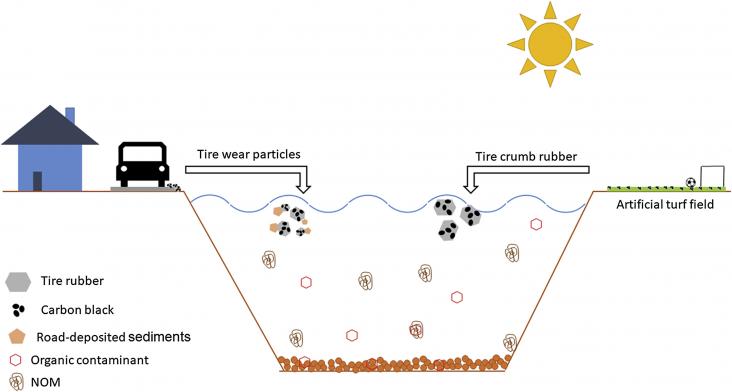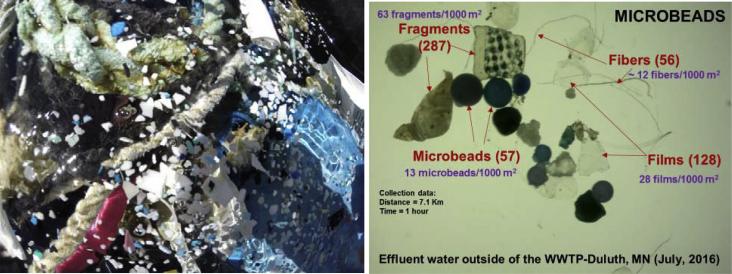The presence of small plastic particles in the environment, reported for the first time in the 1970's, has only recently been recognized as a global issue.
The Sustainable Development Goals and the Paris Agreement, as the two biggest climate action initiatives, address the need to shift towards a fully sustainable energy system.
Metal halide perovskite materials have revolutionized the solution-processed solar cells and become the vanguard of research focus with an unprecedented improvement of power conversion efficiencies up
Although the study of the effects of microplastics increased in the last years, terrestrial ecosystems remain less studied.

Tire materials are a significant proportion of the (micro)plastics in the environment that until today have been clearly overlooked.

Microplastic (MP) studies in freshwater environments are gaining attention due to the huge quantities of plastic particles reported from lakes and rivers and the potential for negative impacts in thes

Plastic pollution is a global problem since 2016 when its production reached 322 million tonnes, excluding fibers. Daily discharges of microplastics (MPs, defined as
Lithium ion batteries (LIB) continue to gain market share in response to the increasing demand for electric vehicles, consumer electronics, and energy storage.
An Introduction to Green Nanotechnology - Chapter 3: Biological Sources Used in Green Nanotechnology
Interface Science and Technology, Volume 28, 2019, Pages 81-111
This book chapter addresses goals 9, 12 and 15 by looking at how green nanotechnology can facilitate sustainable methods leading to reduced environmental impacts, improved conservation, and the protection of resources and human health.

